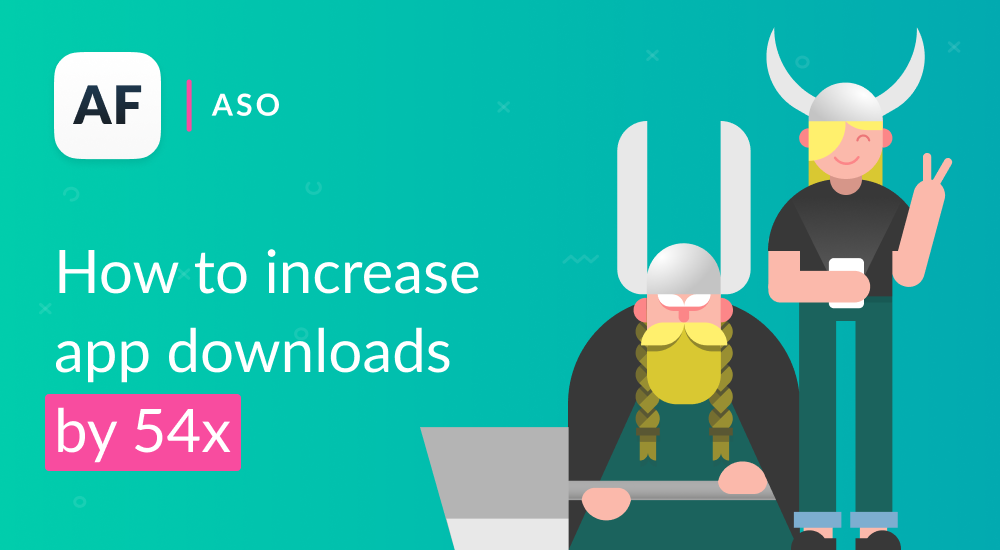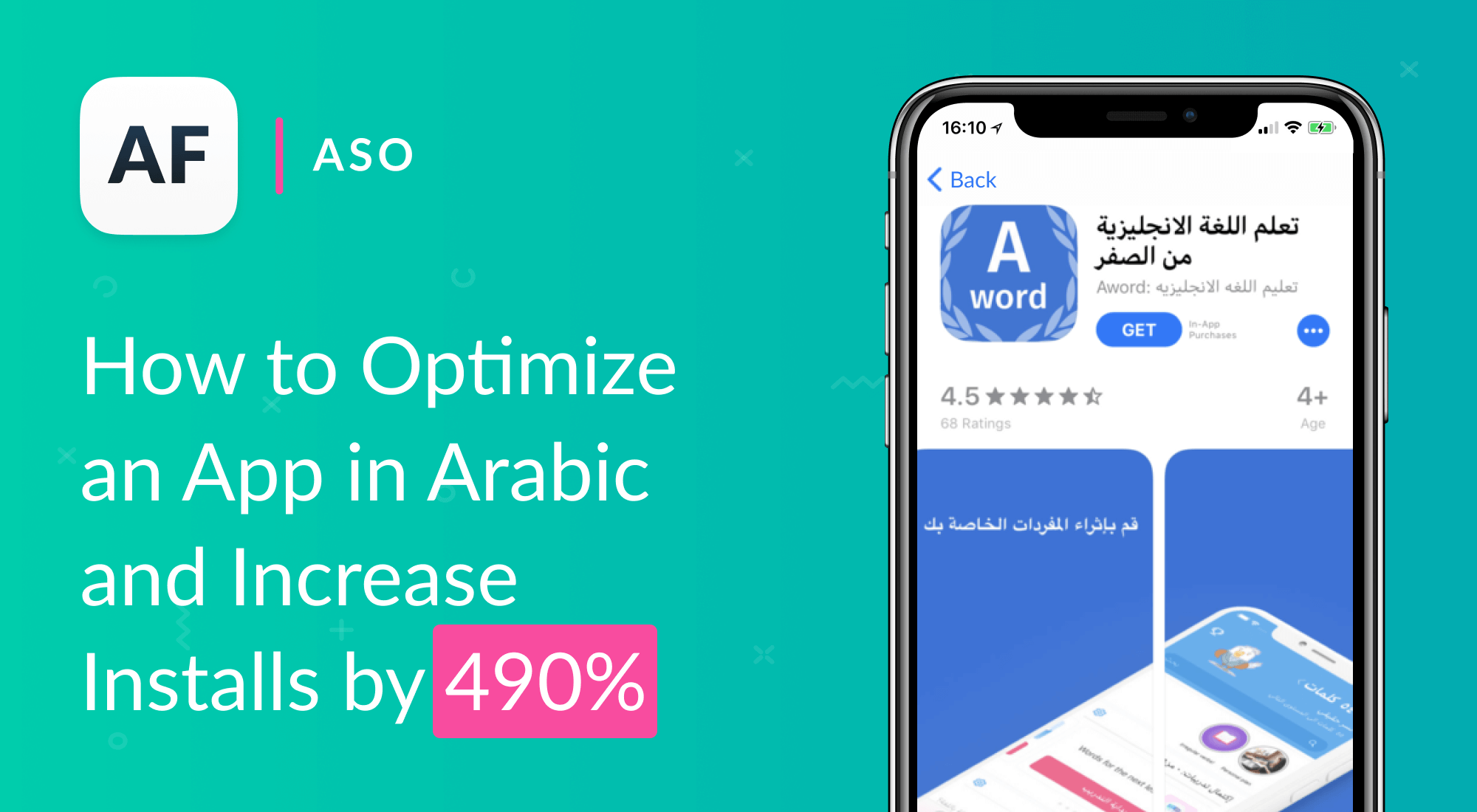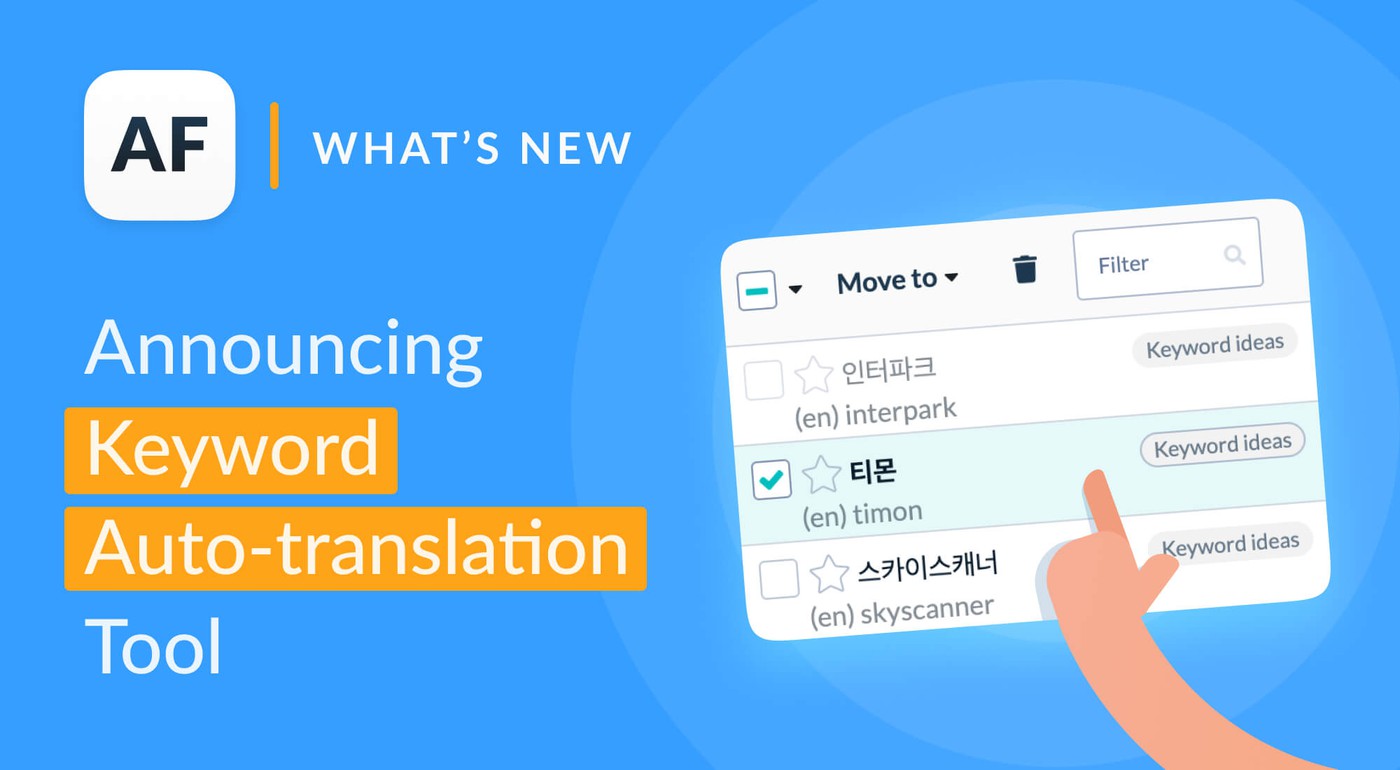What is app localization? - How to grow your app

Table of Content:
So, you’ve established your app, it’s doing well, but what now? It’s time to start opening your app to the global market - that’s what.
You can do this through App Localization and it’s an excellent way to improve your downloads, give you an edge over static competition and start boosting your revenue. Better yet, the changes you implement will start having effect as soon as they go live.
But where do you start? We’ve put everything you need to know into a guide on what app localization is, how it can help you, and how to develop a strategy to make the most of it.
What is app localization?
App localization refers to a series of actions you can take, to adapt the interface and functionality of your app to suit a specific foreign language market. For example, taking an app whose user interface and core functions are written in English, and then adapting them to a Korean, Hindi, Chinese or Spanish version of the app.
It’s important to remember that app localization isn’t just a simple translation. Instead, it's an in-depth change that incorporates a fundamental understanding of the target language, culture, and user behavior of the country you are localizing for.
Why is app localization important and how does it help my app grow?
App localization is a great way of finding new markets for your app. By localizing rather than just translating the app, you are building a relationship with these markets and making it specific to them.
Through localization you are targeting a new market, not just making it easier for them to read the app's content. This will help foster a user base similar to the one you have in your original market.
Alongside creating dedicated new users across the world, app localization can also help your app grow in your existing market too. Localizing your app can get it noticed and picked for Editors’ Choice badges and features. An accessible app, that has a personalised international appeal, will be worth the recognition as a featured app.
How does app localization work?
To start localizing your app in the Google Play store, simply follow these steps.
- On the left side menu click Store presence > Store listing.
- Under ‘Product Details,’ select manage translations > Add your own translation text.
- Choose a language
- Add your translations
Developing your app localization strategy
Localization can help your app grow, but only if you have the right strategy in place. Although there’s no set way of doing things, there are some app localization tips you can follow to make sure you get it right.
1. Plan your app localization strategy
Localizing your app should be seen as a process which takes more than just translation into account. The first step of any strategy is planning:
Get the code ready with app internationalization
Before you start localizing your content, you need to ensure your app is ready to be localized. This is done through app internationalization.
App internationalization is the process of creating and customising your code in a way that makes it ready for being released in multiple languages. This needs to come before localization, as your app code needs to be ready for the new content.
Finding the right target markets
There is a lot of cost that goes behind localizing your app. So before you go out and start translating, you need to be aware of what markets you're going to target.
Think about your app’s cornerstones, the benefits and purpose of the app, and look at markets where those needs currently exist.
If you’re marketing a baseball stats app, you don’t want to market to Europe, where baseball just isn't that popular.
Instead, when looking outside of the USA, target places like Japan, South Korea, Mexico and the Dominican Republic where baseball is one of the most popular sports.
Setting up app analytics
A great place to start looking for areas to grow is in your App Analytics. If you have strong user bases in certain countries, this is an indicator of where to set up your next localization destination.
To make this task easier, AppFollow lets you spot valuable markets by country as part of its Downloads and Revenue analysis.
This will help you to:
- See valuable markets by country
- Identify how product changes affect business metrics
- Track sales data for specific app

Screenshot of AppFollow product taken from site
You can also make the most of the Downloads and Revenue analysis by using it alongside the AppFollow Semantic Analysis tool. For apps looking to go global, the Demographic Analysis option will help you evaluate your app performance by country, language and even region!
Research your competitors in target markets
Once you have an idea of which markets you want to move into it’s time to look at what your competitors are doing in those markets.
This can be done by researching your existing competitors and discovering what activity they have in those markets. If they have successfully localized their app, take on board what they've done right and, if not, learn from any mistakes they may have made.
A great way to do this is to look at your competitors' user sentiment. AppFollow’s Competitor Analytics lets you dive into your competitors' strengths and weaknesses from their feedback on the Play Store. With this knowledge, you make their strengths your own and avoid any weaknesses before you localize.
2. Localizing your app
Now that you’ve done the research and you’ve found your new market, it’s time to start localizing your app.
Choosing your translation method
Don’t jump straight in and start translating your app, think about how you want to do it.
A good rule to follow when it comes to localizing your app is to avoid free online translator tools wherever possible. It might be tempting to run all your copy through Google Translate, but this often leads to grammatical errors and missed cultural nuances.
Think about the last time you asked Google to translate a page for you online. Remember how disjointed some of the copy felt? You don’t want your app user to be feeling the same way. Instead, look for a native translator from the country you are optimizing your app for.
These people will know the language and culture well, and will be able to adapt your existing app copy to that location specifically. They will also be able to identify any symbols or imagery which may be fine in your launch market, but may be deemed offensive in the new target market.
A good example of this is a simple thumbs up which in English speaking countries is a positive gesture, but in Afghanistan, Iran, and Iraq is considered offensive .
When it comes to translating the app text
Once you have identified your translation method, you can start translating your app’s content.
This will be done in an extensible markup language (XML) or XML Localization Interchange File Format (XLIFF). These formats will include all of the strings found in your app.
If you’re not 100% sure about strings, they are essentially a data type used for storing text within your app’s code. Strings are used by the app to display text within user interface elements and to convey information to the user during an operation.
Having these in the XML and XLIFF formats makes them easy to translate over into another language.
To make it easier, add comments to the different strings wherever possible. This will help explain their context and how they are used within the app. This will help the translator make correct and accurate choices.
Customizing non-string content
Most of your localization work will be done optimising the string content of your app, but it’s not everything. You need to pay attention to areas outside of the string content, such as:
- Images
- Videos
- Audo
- Numbers
- Currency
- Dates
These all need to be localized. Dates are a good example. In the US dates are written Month/Day/Year, whereas in the UK it is Day/Month/Year. It’s a small difference, but your users will notice.
Localizing the app store page
Alongside your app content, you should pay attention to localizing your Google Play Store page. It’s an easy step to forget, but this will be the first time many users interact with your app.
If your app store page isn’t localized this could put off potential downloads, as they cannot understand how your app can benefit them.
When localizing your app’s Google Play Store page, you should follow the basics of app store optimization best practices.
This includes:
- Finding keywords
- Competitor research
- Title optimization
- App Description optimization
- Highlighting the In-App Purchases
- Creating a unique Icon
- Picking the right screenshots of the app
- Sourcing the perfect Feature Graphic
- Implementing an insightful Preview Video
Similar to optimizing the imagery inside your app, you will need to pick the right imagery for your new locale. The images used in your original might not be appropriate for the new users you are trying to connect with.
Consider how films and books will change their imagery depending on the country they are marketing to. This is a technique you will want to adopt when marketing your app.
3. Testing your app
Before setting your app loose in its new location, you will need to test it thoroughly.
Internally test your app
Once all your translations are in, you should internally test the app to test its functionalities in it’s new language.
This isn’t a check on the language, it’s just a test of all the app’s programs to see if it’s running smoothly and the performance hasn’t been affected by the latest set of changes.
Beta test your app
Now that you know the app is running smoothly, you’ll want to roll out a beta test with native speakers before it officially goes live.
Beta testing your app in such a way will help iron out any bugs and make sure all your new translations are correct.
Keep testing and measuring
Once your app is live you should continue to test and monitor the success of your app in it’s new locations.
It’s important to routinely A/B test your Play Store copy and imagery to make sure your app is connecting with as many users as possible.
Bonus! Cut through the noise and get to what matters with ai product reviews.








